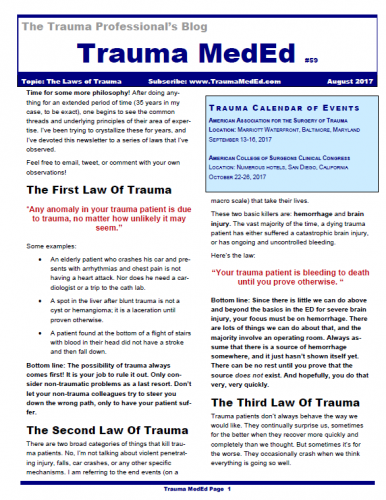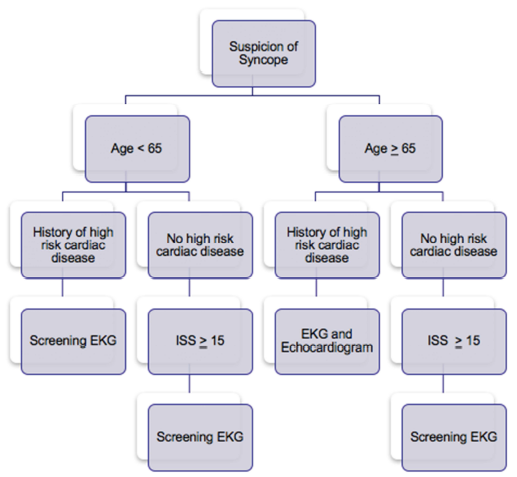Managing the mangled extremity is both challenging and intense. There is always pressure to do all we can to save that threatened limb. But as you know, different levels of trauma centers have different capabilities and specialists that are needed to fully manage these injuries.
Level I centers have a comprehensive set of specialists to deal with the managed extremity, including trauma surgeons, vascular surgeons, orthopedic surgeons comfortable with complex injury, plastic surgeons, and interventional radiologists. The expectation is that a mangled extremity can be completely managed at such a center.
Level III centers have much more limited resources, and may only have a trauma surgeon to perform the initial evaluation. Definitive management can only occur after transfer to a Level I center.
Level II centers often find themselves in a kind of limbo. They have most of the specialties required, but those specialists may have varying comfort levels regarding addressing complex injuries. Some Level II centers may be able to keep these patients, but many will find that they need to transfer to their upstream Level I partner.
What do transferring trauma centers need to do before actually moving the patient? Here are some practical tips.
- Evaluate quickly. The bottom line is to try to preserve function, so time is of the essence. Do a thorough evaluation of the anatomy, as well as vascular and neurologic status. These are the major determinants of salvageability.
- Don’t ignore the rest of the patient. Make sure that injuries more critical than the extremity are identified and addressed. See the “Dang Factor!” below.
- Make a decision. Now. Decide whether you need to transfer the patient based on your knowledge of your consultants’ skill levels and comfort.
- Once you decide you will transfer, do no further imaging. It’s not going to change anything you do, and may not be very helpful to the receiving center.
- Give IV antibiotics and the life-saving tetanus shot early.
- Optimize salvageability. Do what you can to keep tissue healthy during the transfer. You must take transfer time into account for this! If you are sending your patient across town, just do it quickly. However, if he or she must travel long distance, there are a few more things to consider:
- Try removing the tourniquet (if any). You’d be surprised at how many times the bleeding has stopped already. Or maybe wasn’t needed in the first place.
- Selectively try to control bleeding if possible. Carefully ligate small vessels if you can. Don’t clamp and tie large masses of tissue.
- Consider a vascular shunt. If there is an obvious large vessel injury, and if you have a trauma or vascular surgeon who is comfortable with inserting a vascular shunt, do it prior to transfer. This will increase the likelihood of salvage in long-distance transfers. But don’t waste a lot of time doing this! If you can’t get it done within about 30 minutes or so, don’t delay the transfer.
- Quickly rinse off the area. Try to minimize the time that noxious stuff (dirt, gasoline, etc) is in contact with the tissues.
- Splint well. You’ll need to be creative. But you don’t want additional tissue injury due to the extremity just flopping around.
- Inquire about followup. Find out how the patient did, and discuss anything you could have done differently with the receiving center. As always, performance improvement is important!
Related posts:





